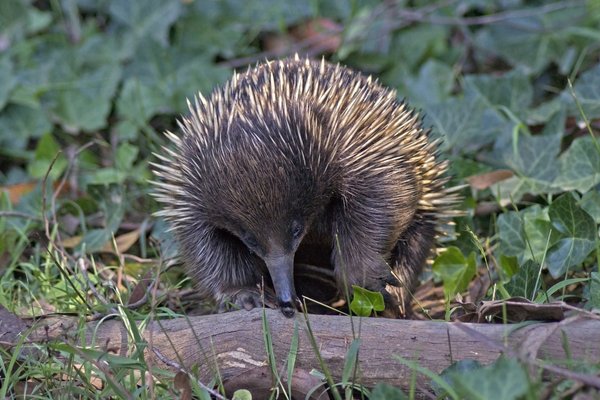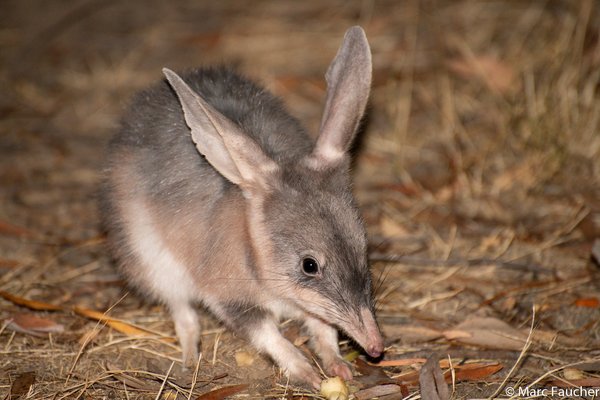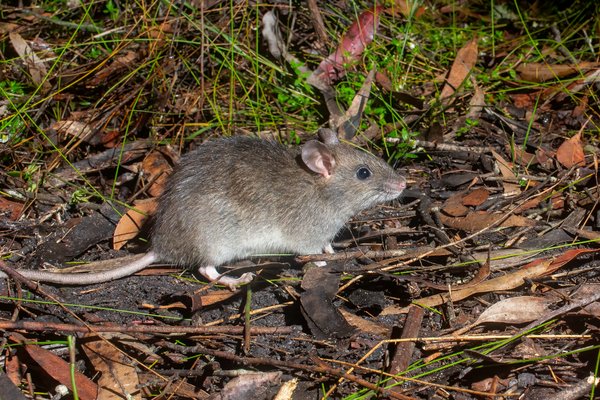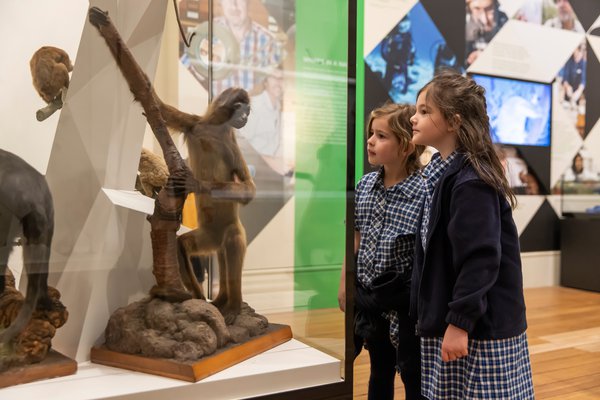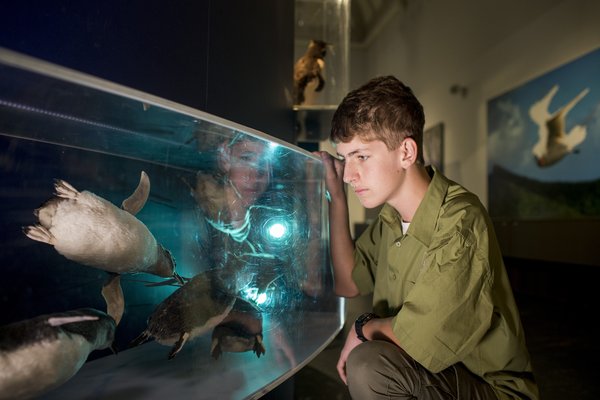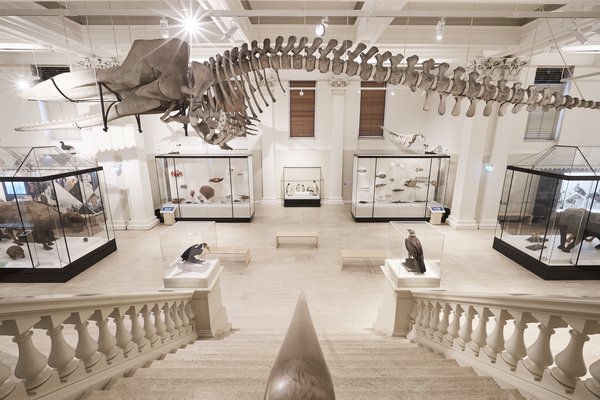Animal adaptations unit

-
Audience
Primary school -
Learning stage
Stage 2, Stage 3 -
Learning area
English, Science -
Type
Learning unit, Learning resources
On this page...
Animals adaptations are features or skills which help animals survive in their habitat. They could be physical features of an animal’s body or behavioural changes in how an individual animal or a society do things in their daily lives.
Classification is a way of grouping animals based on their common features. Understanding animal adaptations and classification is essential for scientists.
Through this unit, students will:
- understand what an animal adaptation is, and the connection to habitats and survival.
- have greater knowledge and understanding of the main animal groups and external features used to classify.
- have the opportunity to closely observe and investigate animals and think critically about their features.
NSW syllabus outcomes
ST2-1WS-S, ST3-1WS-S, ST2-4LW-S, ST3-4LW-S.
-
Before your visit
-
Acknowledgement of Country
![Gadigal Shield and Statement of Reflection]()
Learn about the importance of an Acknowledgement of Country, and write one for your school.
-
The animals around us
![Laughing Kookaburra]()
Get students outside to observe the animals in their playground or backyard, and then compare the animals they see around them to animals around the world!
-
What features do mammals have?
![Short-beaked Echidna, Tachyglossus aculeatus]()
Complete a short hands-on activity to get your students thinking about their own features, then use the Australian Museum's mammal factsheets for a group research task.
-
-
At the Museum
-
Book a free self-led visit
![Exterior of Australian Museum building]()
Book in a free self-led visit to the Museum for your school, and use our downloadable learning resources designed to engage students in our collections and exhibitions.
-
Book an educator-led program
![Primary school excursion]()
Book into our Museum educator-led program Animal features and the environment, designed for students in Stages 2 and 3.
-
See our exhibitions online
![AM virtual tour banner]()
Can't make it to the Museum? Don't worry, you can access our Wild Planet and Surviving Australia exhibitions online.
-
-
After your visit
-
Reflect on your excursion
![Students in an education program]()
Use some short reflective exercises to get your students thinking about their visit to the Museum and the animals they saw.
-
Can you create a perfectly adapted animal?
![Wild Planet]()
Create, draw, or describe your own mystical creature ensuring it has physical and behavioural adaptations suitable to an Australian habitat.
-
Become a Sleek Geek!
![University of Sydney Sleek Geeks Science Eureka Prize Primary finalist, Genevieve S., Bucasia State School, Qld]()
Select an animal your learnt about while at the Museum, or an animal you want to learn more about and make a short video about its adaptations.
-
Create your own exhibition
![Spiders exhibition at Questacon (12)]()
Developing your own exhibition gives great scope for cross-curricula and project-based learning as students delve deep into a chosen topic.
-



